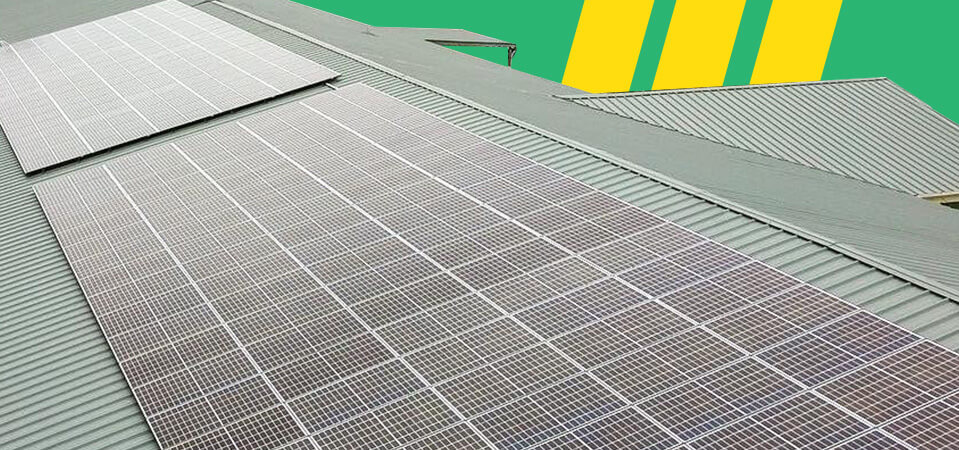
A home’s solar energy setup is built upon five essential elements: solar panels, an inverter, an electrical panel, an electric meter, and the energy of the sun itself. Our blog will guide you through the synergy of these components, detailing how they form a unified solar energy system.
At the heart of every solar energy system is the sun’s power. These systems do not produce energy; they transform the sun’s energy into usable electricity for your home. This means that as long as the sun is out, your panels are capable of energy production. Even on overcast days, your system remains productive, drawing power from the sun’s rays that penetrate the clouds.

The active players in your solar energy setup are the solar panels, which capture and transform the sun’s energy into electric power. Constructed from silicon, which is a semiconductor, these panels produce DC (direct current) electricity when exposed to sunlight. The energy output of each panel is influenced by several factors: the type of panel, its placement, the time of day, and environmental temperature. To assess a panel’s energy output, examine its efficiency rating, a measure of the power output per square meter (m^2) under Standard Testing Conditions (STC). Generally, a solar panel’s efficiency is in the 17-19% bracket. It’s important to note, however, that efficiency ranges can vary with technological advancements; please consult current data to get the latest figures.
For advice tailored to your home, we advise consulting with an 8MSolar specialist to identify the most suitable solar panel.
The DC electricity that your solar panels generate needs to be converted to AC (alternating current) electricity, which is what powers your home and the electrical grid at large. An inverter serves this purpose by converting the DC output of your panels into AC. There are two prevalent inverter types: string inverters and microinverters. String inverters are a centralized solution, positioned on your home’s side and handling electricity from all your panels. On the other hand, microinverters are installed under each solar panel, enabling immediate conversion from DC to AC at the source. 8MSolar installs both types of inverter systems, and for further details on selecting the appropriate one for your needs, we suggest reviewing our blog that compares Microinverters and String Inverters.
Your solar setup is integrated with the home’s electrical panel, which serves as the hub for energy distribution within your dwelling. This means that the power harnessed by your solar panels can flow directly to where it’s needed, energizing household appliances like your fridge, dishwasher, air conditioner, or even your electric vehicle.
When your system produces more electricity than your home consumes, the surplus is directed back to the power grid. Conversely, during times when your panels are inactive (such as at night) or if your consumption exceeds what your panels generate, your home draws energy from the grid. This exchange is tracked by your electric meter, enabling solar homeowners to receive credit on their energy bills through net metering.
Instead of returning excess energy back to the grid, an Energy Storage System (ESS) can capture and retain that power for future use. This stored energy can be utilized at any point, particularly during periods when the solar panels are dormant, like nighttime. An ESS also provides a reliable power source in the event of a grid outage. Adding an ESS to your solar solution is an optional upgrade for enhanced energy independence.
To explore solar options that best fit your home, consider speaking with 8MSolar. With the growing benefits of solar technology, there’s never been a more opportune moment to embrace solar power. At 8MSolar, we are dedicated to helping people have the best solar installation experience possible. With our team of solar experts, we are ready to help you tackle any solar project.
This content was originally published here.
